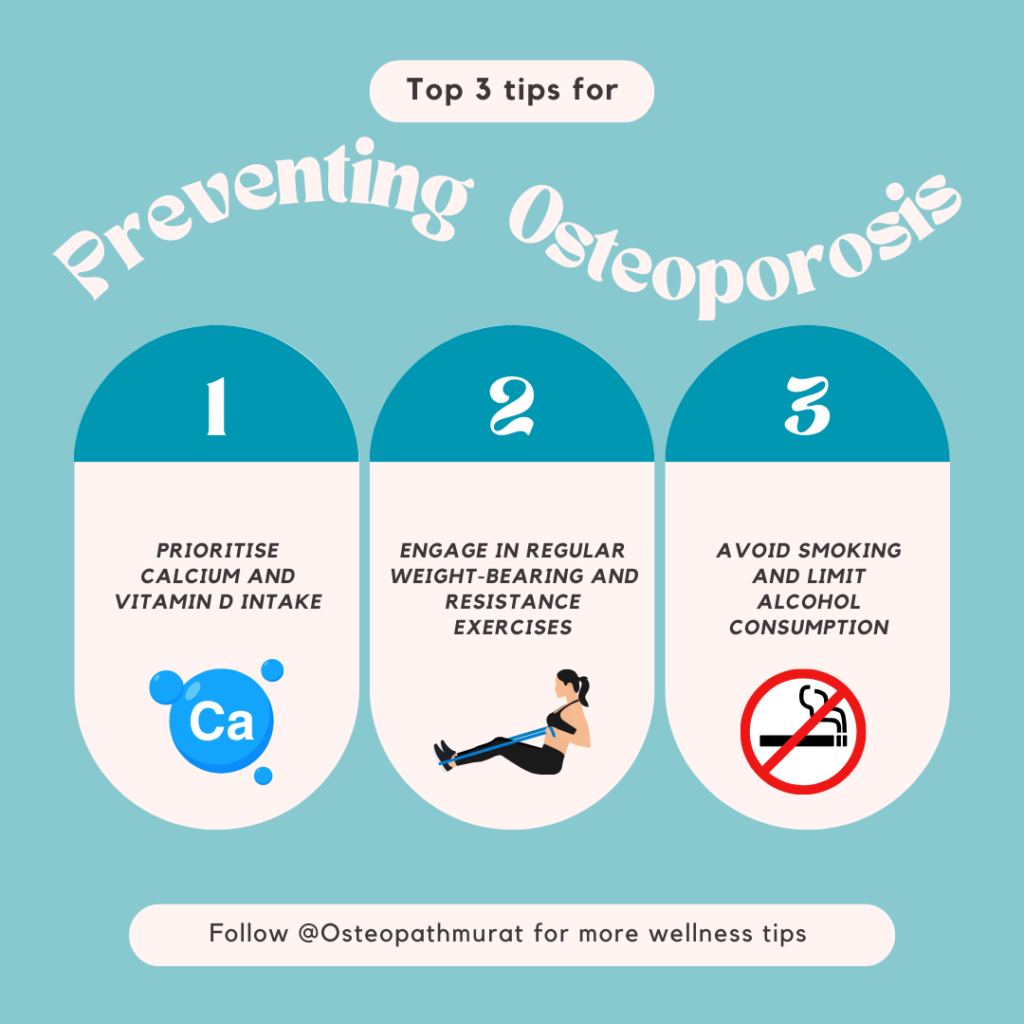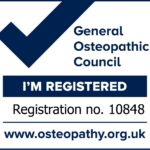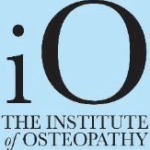Osteoporosis and Osteopenia are both conditions characterised by reduced bone density, which can lead to an increased risk of fractures (broken bones). Osteoporosis is more advanced than osteopenia, but both require proactive management to prevent complications and/or progression. Lifestyle and exercise play a crucial role in managing both of these conditions, and our Osteopaths at MG Osteopathy can help support and guide you with this.
Osteoporosis, osteopenia and normal bone density – key differences
- Osteoporosis: A condition where bones become porous, brittle, and more susceptible to fractures due to significant loss of bone density and quality.
- Osteopenia: A milder form of bone density loss, it is the stage before osteoporosis and indicates bones that are weaker than normal but not yet fragile enough to be classified as osteoporotic.
- Normal: bone density is healthy, and does not indicate any risk of fracture.
Causes and risk factors
- Ageing: Bone density naturally decreases with age. However, this process can be slowed down with proper management.
- Hormonal Changes: Post-menopausal women experience reduced estrogen levels, accelerating bone loss.
- Genetics: Family history of osteoporosis or fractures increases risk.
- Sedentary Lifestyle: Lack of physical activity leads to weaker bones.
- Diet: poor diet lacking whole foods, fruits and veg etc lack the minerals needed to maintain healthy bone mass.
- Smoking and Alcohol: Both are associated with lower bone density.
- Medical Conditions: Rheumatoid arthritis, hyperthyroidism, and chronic kidney disease can contribute to bone density loss.
- Medications: Long-term use of corticosteroids and certain cancer treatments may impact bone density.
Signs and Symptoms
In early stages, osteoporosis is usually not detectable without scans such as a DEXA scan, and in many cases, the first sign is a resultant fracture.
Signs and symptoms of more advanced osteoporosis can include pain associated with fracture, loss of height due to more brittle nature of the bones, and often a stooped spinal posture.
Management of osteoporosis/ osteopenia
Exercise: weight bearing and strengthening exercises like walking, jogging, pilates (mat and reformer pilates) and weight training are essential to help manage and prevent osteoporosis. At MG osteopathy, we can help to advise on which exercises will be suitable and safe for you.
Quit Smoking and Limit Alcohol: Reducing these behaviors supports healthier bone density.
Diet changes: balanced diet with lots of fruits, veg, and whole foods is essential not only for whole health, but bone health too. Consider these Calcium-Rich Foods: Dairy, leafy greens, and fortified foods help build bone density. As well as sun exposure, Vitamin D can be taken in vitamin form. This is even more important during the winter months in the UK as sun exposure is harder to get.
What is Osteopathy?
Osteopathy is a holistic approach to healthcare that focuses on the body’s musculoskeletal system. Osteopaths use manual techniques to improve the function of joints, muscles, and tissues, promoting natural healing and overall well-being. This hands-on approach emphasizes the connection between the body’s structure and its function, aiming to restore balance and alleviate pain.
How MG Osteopathy Can Help
At MG Osteopathy, we offer a holistic approach to helping people manage and prevent osteoporosis:
- Postural Assessment and Adjustment: Osteopaths assess posture and alignment to reduce undue stress on weakened bones, helping improve posture and reduce fracture risk.
- Soft Tissue Manipulation: Gentle techniques can relieve pain associated with fractures or previous fractures, postural issues, and help with improving mobility and comfort.
- Exercise Prescription: our osteopaths and therapists at MG can provide exercises tailored to strengthen muscles, improve balance, and support bone health without placing excessive strain on osteoporotic regions.
- Education and Lifestyle Advice: Osteopaths offer guidance on safe movement, posture, and daily activities to prevent falls and fractures.
Conclusion
Osteoporosis and osteopenia are prevalent conditions that affect bone strength and increase fracture risk, especially in older adults. While osteopenia often precedes osteoporosis, both require proactive management. Lifestyle adjustments, medication, diet, and osteopathic care can significantly help in managing symptoms, slowing progression, and preventing fractures. Osteopathy offers a holistic approach to enhance mobility, improve posture, and empower patients with knowledge and techniques to maintain bone health and quality of life. If you’re concerned about bone health or experiencing symptoms, reach out to MG Osteopathy for a comprehensive assessment and personalised management plan.





